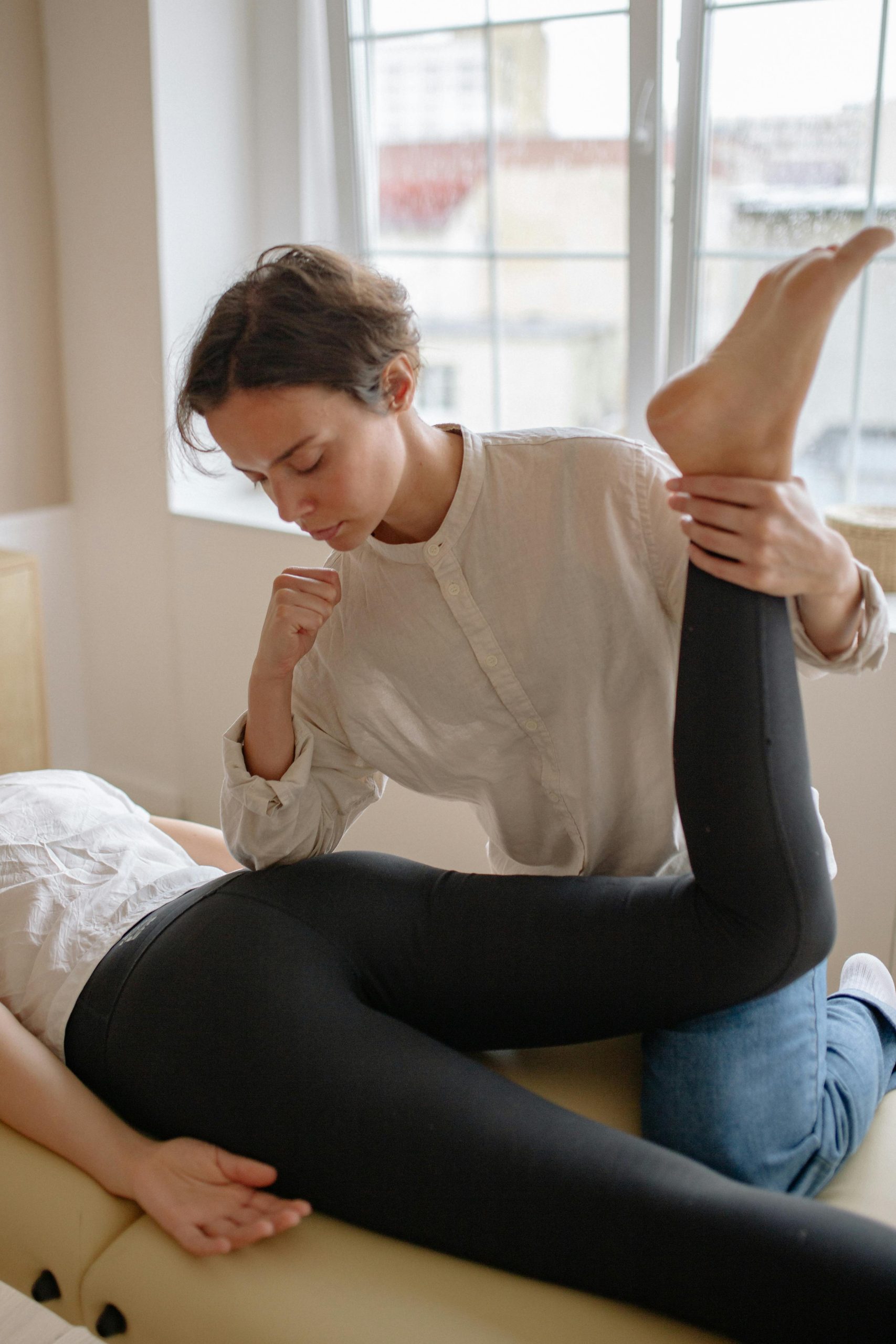In today’s fast-paced world, maintaining flexibility and aiding recovery is more important than ever. Whether you’re an athlete, a fitness enthusiast, or someone who spends long hours at a desk, a full-body stretching routine can help you move better, reduce stiffness, and recover faster. As we step into 2025, incorporating a scientifically backed stretching regimen into your daily routine can be a game-changer for your overall well-being. This guide will walk you through a comprehensive full-body stretching routine designed to boost flexibility and speed up recovery.
Why Stretching Matters in 2025
Stretching has evolved beyond just a pre- or post-workout activity. In 2025, research continues to highlight its role in improving mobility, reducing injury risk, and enhancing recovery. Flexibility is no longer a luxury—it’s a necessity for maintaining an active lifestyle. Stretching helps:
- Increase blood flow to muscles, speeding up recovery
- Improve joint range of motion, reducing stiffness
- Enhance posture and reduce muscle imbalances
- Lower stress levels by promoting relaxation
With sedentary lifestyles becoming more common, dedicating just 10-15 minutes a day to stretching can make a significant difference in how your body feels and performs.
Essential Full-Body Stretches for Flexibility
This routine targets all major muscle groups, ensuring a balanced approach to flexibility. Hold each stretch for 20-30 seconds, breathing deeply to maximize the benefits.
Neck and Shoulders
- Neck Tilt: Gently tilt your head to each side, holding to release tension.
- Shoulder Rolls: Roll your shoulders forward and backward to loosen tight muscles.
Upper Body
- Chest Opener: Clasp your hands behind your back and lift your arms to stretch the chest.
- Triceps Stretch: Reach one arm overhead and bend the elbow, gently pulling it with the opposite hand.
Lower Body
- Hamstring Stretch: Sit with one leg extended and reach toward your toes.
- Quad Stretch: Stand on one leg and pull the opposite foot toward your glutes.
- Hip Flexor Lunge: Step into a lunge and press your hips forward to stretch the front of the hip.
Dynamic vs. Static Stretching: What’s Best for Recovery?
Understanding the difference between dynamic and static stretching is key to optimizing your routine. Dynamic stretches involve movement and are ideal for warming up before exercise. Examples include leg swings and arm circles. Static stretches, where you hold a position, are better for cooling down and improving flexibility over time.
In 2025, experts recommend a combination of both:
- Use dynamic stretches before workouts to prepare your muscles.
- Incorporate static stretches post-workout or before bed to aid recovery.
Tips to Maximize Your Stretching Routine
To get the most out of your stretching sessions, follow these tips:
- Consistency is key: Stretch daily, even if only for a few minutes.
- Focus on breathing: Deep breaths help relax muscles and deepen stretches.
- Listen to your body: Avoid pushing into pain—stretching should feel challenging but not painful.
- Use props: Foam rollers, straps, or yoga blocks can enhance your stretches.
Conclusion
A full-body stretching routine is a simple yet powerful tool to improve flexibility, reduce soreness, and enhance recovery in 2025. By dedicating just a few minutes each day to stretching, you can unlock greater mobility, prevent injuries, and feel better in your body. Whether you’re recovering from a workout or counteracting the effects of sitting, this routine will help you stay agile and pain-free. Start today and experience the transformative benefits of stretching!
